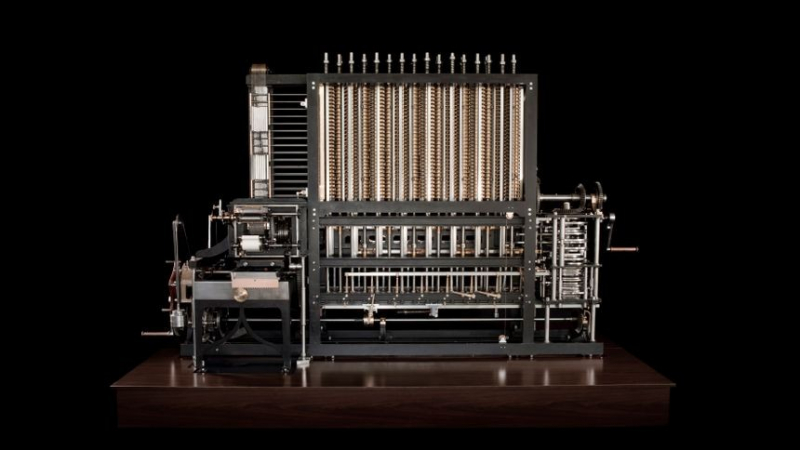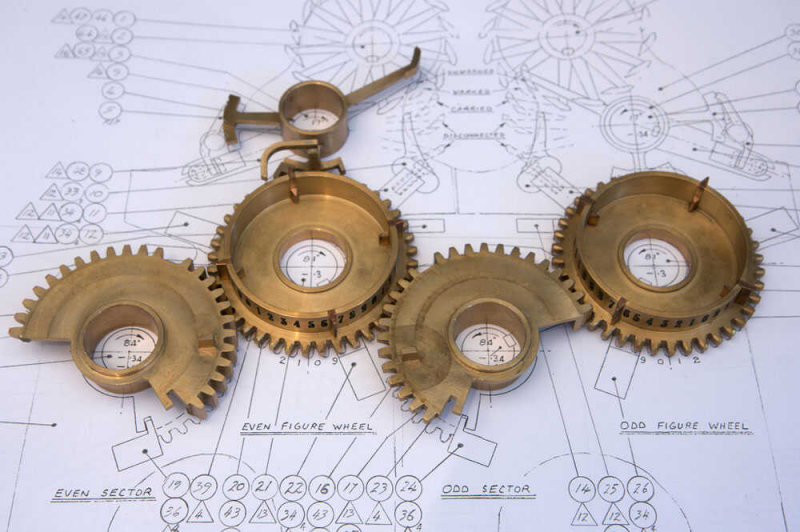His ‘Difference Engine’ could perform mathematical calculations
In 1819, Charles Babbage began working on a calculator, and by 1822, he had created his "Difference Engine." He pushed the British government for financial help to develop a full gadget, with the goal of using the differences between words in a mathematical series to generate the contents of a navigational table.
The computer displayed numbers as places on toothed wheels. The following wheel in the sequence would advance by one digit after one wheel moved from nine to zero. In this way, it was similar to a modern computer in that it could store a number temporarily.
In 1832, Babbage built a demonstration model of this Difference Engine that he displayed to audiences. Babbage never completed the machine to the desired room-sized dimensions, but in 1991, a difference engine built from Babbage's original ideas demonstrated the viability of his invention. Instead, Babbage sought inspiration for a far more complex mechanism from developments across the Channel.









